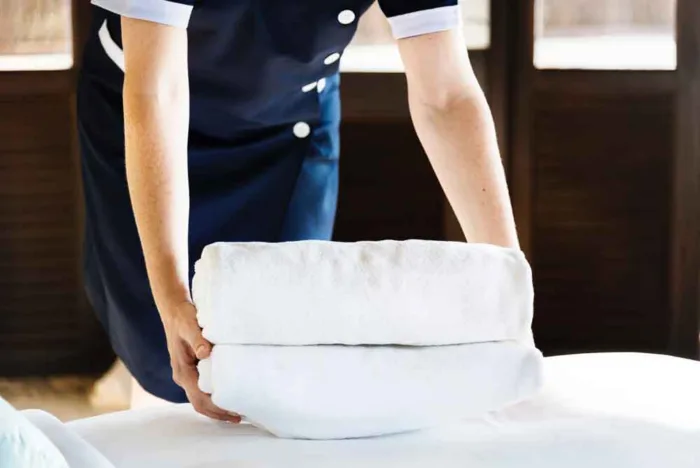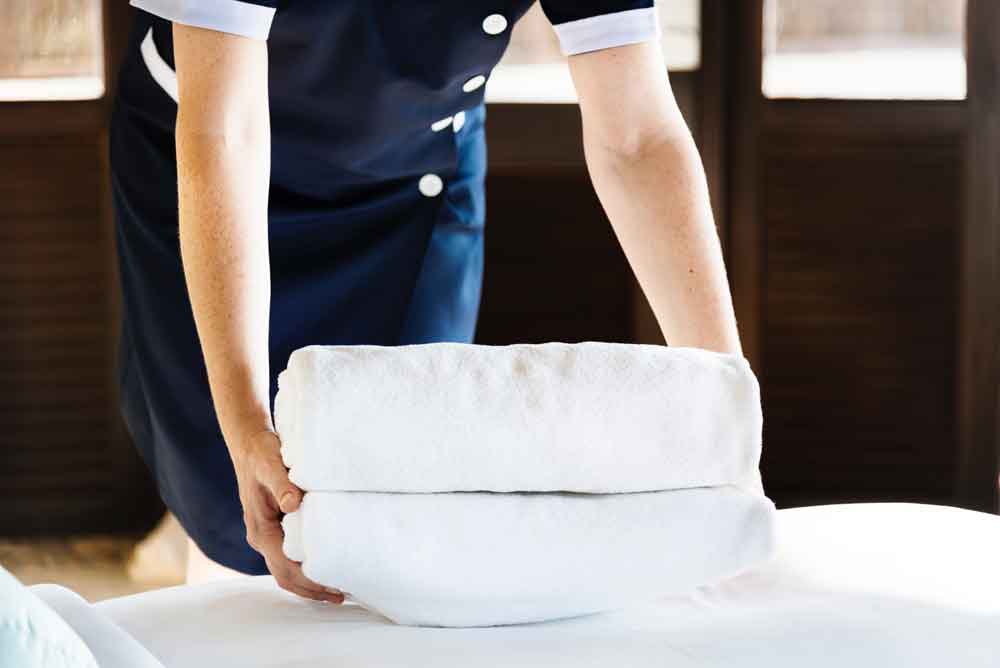For nearly a century, the secret to generating market rents in multifamily real estate was to offer high-touch amenities. These included 24/7 concierge and on-premises services such as housecleaning and maintenance, often requiring staff and investment. Gradually, those amenities shifted from high-touch to high-tech.
Today, property technology (proptech) streamlines and simplifies residents’ day-to-day life. With proptech, property owners, developers, and managers can now merge high-tech with high-touch to provide their residents with a world-class living experience. The best part? No large workforce or capital investment needed.
Read on to learn how we got here, what caused this shift, and where we’ll be 10 years from now. We’ll also explore how property developers, owners, and managers can navigate this transition, attracting and retaining residents today while remaining competitive tomorrow.
In this post, we’ll discuss:
- What is high-tech vs. high-touch
- The evolution of high-touch properties
- What makes a property high-touch to high-tech?
- The shift from high-touch to high-tech with ButterflyMX
What is high-tech vs. high-touch?
A high-touch property is one in which there is hands-on, human involvement in customer and tenant services. This means that all tenants and visitors are met with human interaction for everything, including tours, access, and more.
On the other hand, a high-tech property deploys the use of property technology to create a more efficient and convenient experience for tenants, guests, and even property staff. With high-tech features such as access control and front desk station software, you can foster an atmosphere of autonomy and ease.
The evolution of high-touch properties
In 1870, Richard Morris Hunt designed America’s first upscale apartment building in New York City. Although multiple-unit tenements have been around since the 1830s, they weren’t considered upscale because they didn’t include a private lavatory. The first luxury apartment buildings offered amenities like telephones, private dining rooms, and electric lighting. Some also had ground-floor restaurants that delivered food to residents’ units.
Ever since Richard Morris Hunt designed the first luxury building, the multifamily world has continued to evolve. The industry continues designing and building apartments with an ever-increasing number of amenities to differentiate themselves, attract new residents, and charge higher rent. Often, these amenities revolve around the belief that creating a high-touch experience is imperative to charging market rent and generating a high return on investment.
High-touch, in the form of superior customer service, remains important — 68% of renters leave because of poor customer service. However, the way residents engage with high-touch amenities has changed.
What makes a property high-touch to high-tech?
Even as recently as the early 2000s, differentiating a property and commanding market rent still meant providing high-touch services to residents.
As prospective renters became accustomed to seeing luxury apartment homes offering high-touch services as amenities, owners, and managers struggled to keep the costs of those services low. Some building owners and managers attempted to outsource these services to third parties to provide these highly desirable amenities without absorbing their associated costs.
Property developers started to incorporate IT infrastructure when building new apartments. The first use of technology in these buildings was in the form of access control systems – like telephone entry systems and intercoms. With these visitor management systems, residents could grant access to visitors through devices in their units.
However, these access control systems eliminated the roles of doormen and front desk staff, removing the “high-touch” element of luxury living. Without a front desk, buildings relied on management staff – or, worse, residents – to facilitate access for visitors.
Discovery ButterflyMX’s front desk station visitor management software:
The shift from high-touch to high-tech with ButterflyMX
With the continuing evolution of visitor management, many property owners see the benefits of incorporating more property technology into their buildings. With the right suite of products, like those from ButterflyMX, residents experience more convenience, and property owners experience more return on their investments.
To experience property convenience to the fullest, ButterflyMX helps properties incorporate more high-tech features such as:
Access control systems
What was once a key and lock is now an access control system. So, instead of residents relying on physical items like keys, they are now empowered to access the property using their smartphones. What’s more, visitors can request access using a two-way video call and be granted remote entry even if the resident or property manager isn’t on the premises.
Front desk stations
Many high-touch properties relied on a doorman to greet visitors and tenants and open the door for them. However, not many properties employ doormen anymore. Instead, high-tech front desk station software enables any computer — whether at the property’s front desk or off-site and monitored remotely — to turn into a virtual doorman. Visitors can use it to speak with property managers and staff, request information, and sign in.
Vehicle gate openers
ButterflyMX’s high-tech vehicle gate opener makes it easier than ever for drivers to access gated parking spaces without rolling down their windows or stepping out of their vehicles.
With the ButterflyMX vehicle reader, drivers only need to attach a windshield sticker to their window before driving up to the vehicle reader. When they get close enough, the reader will scan the tag, and the gate will open — granting the resident access.
Package rooms
In the past, residents relied on building staff to ensure their packages and mail reached the correct room. However, in recent years, package theft and delivery losses have increased — making it difficult to rely on anyone.
With a package room powered by ButterflyMX access control, residents no longer have to wonder where their packages end up. Delivery personnel only have to use their designated PIN to leave their deliveries in a secure room. Then, residents can use their PIN or smartphone app to access the package room and retrieve their mail.








